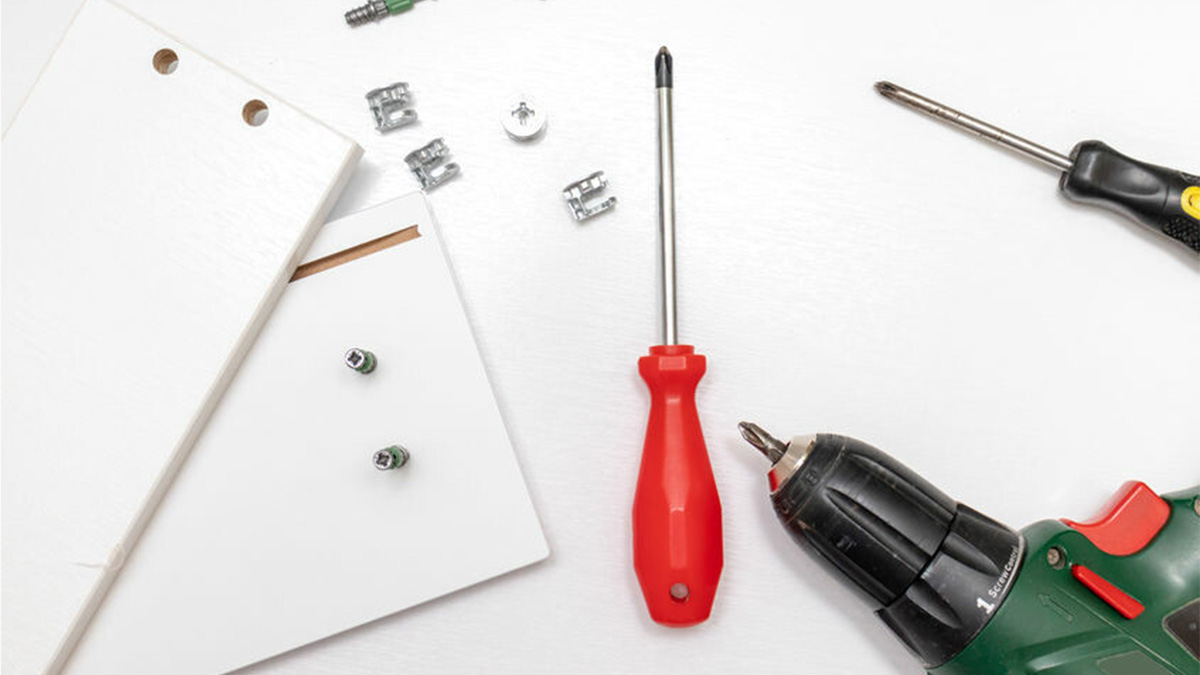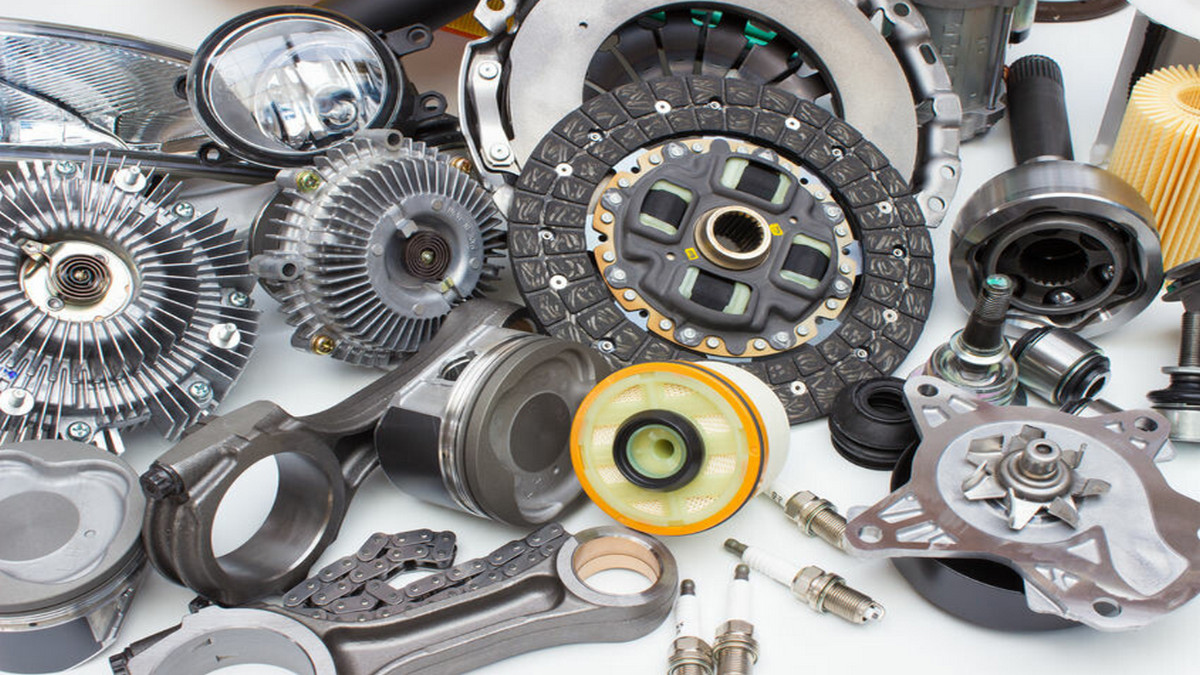Insights
Pneumatic power tools, commonly known as air tools, are widely used in industrial, automotive, and construction settings due to their efficiency, durability, and power. These tools operate using compressed air, making them a lightweight and high-powered alternative to electric or battery-operated tools. Pneumatic power tools consistently perform well, even under the most demanding conditions. They come in various forms, including impact wrenches, pneumatic drills, sanders, grinders, ratchets, air hammers, chisels, paint sprayers, nail guns, and staplers.
2025-03-14 10:55:10
In 1921, in the quiet workshop of a small-town Nebraska blacksmith, William S. Petersen, a Danish immigrant, invented an ingenious tool that forever changed the landscape of hand tools. He created a new type of pliers with a vise-like grip that could lock onto his work. The Vise-Grip's unique ability to securely latch onto any object with unparalleled precision and strength not only made it a tool but a true extension of the craftsman's hand. This provided an adjustable, locking grip for a wide range of applications.
2025-03-14 10:39:14
Adjustable wrenches and pipe wrenches have long been recognized as effective solutions for mechanical repairs, plumbing, and construction. Due to their ability to adjust jaw width, they are extremely versatile, allowing a single wrench to fit various sizes of nuts, bolts, and pipes. Their practicality and durability have made them indispensable tools for both professionals and DIY enthusiasts. Each type of wrench serves a unique function and offers distinct benefits.
2025-03-14 10:10:31
Quick fit connectors have become a preferred solution for connecting tubing in reverse osmosis (RO) filter systems due to their ease of use, reliability, and efficiency. Traditional threaded and compression fittings often require tools and careful handling to ensure a secure and leak-free connection. Quick fit connectors, however, offer a tool-free, push-to-connect mechanism that ensures a tight seal in seconds. Their widespread adoption in RO filtration and other water treatment applications highlights their effectiveness in enhancing system performance and installation convenience.
2025-03-05 16:47:27
Reverse Osmosis (RO) membranes have long been recognized as one of the most effective solutions for filtering water, providing clean and purified water for both residential and industrial applications. Originally developed in the 1950s for desalination, RO technology gained widespread acceptance due to its ability to remove contaminants at the molecular level. As concerns over water quality continue to rise, RO filter systems have become a fundamental component in providing safe drinking water, desalinating seawater, and supporting various industrial processes.
2025-02-26 09:58:38
Reverse osmosis (RO) filtration systems have become a staple in water purification due to their ability to remove contaminants effectively. However, the efficiency and longevity of an RO system depend heavily on precise water flow control. Pressure valves and flow restrictors play a crucial role in optimizing the system's operation by regulating pressure and ensuring optimal flow rates. These components improve RO system efficiency, reducing wastewater, and maintaining membrane performance.
2025-02-19 10:22:48
Reverse Osmosis (RO) filtration systems rely on high-performance membranes to remove contaminants from water. However, these membranes are highly sensitive to particulates, sediments, and other impurities that can reduce their lifespan and efficiency. Polypropylene (PP) pre-filters are used as a reliable and cost-effective solution to protect RO membranes by trapping large particles before they reach the membrane. PP pre-filters significantly enhance the overall effectiveness and longevity of an RO filtration system. Regular replacement of PP pre-filters is much more economical than frequent replacement of expensive RO membranes. Beyond RO systems, PP pre-filters are widely used in industrial applications, municipal water treatment, food and beverage processing, pharmaceuticals, and electronics manufacturing, where water purity is a critical requirement.
2025-02-19 10:12:35
Reverse osmosis (RO) filtration systems have long been regarded as one of the most effective methods for purifying water, removing contaminants, and improving water quality. However, thin-film composite (TFC) membranes are highly sensitive to chlorine, making carbon pre-filters essential for preventing membrane damage and ensuring long-term system efficiency. Carbon pre-filters protect the delicate membrane by reducing chlorine, sediment, volatile organic compounds (VOCs), and other impurities that could deteriorate the membrane and compromise performance. Over the years, advancements in carbon filtration technology have enhanced the effectiveness of RO systems, ensuring cleaner and safer water for residential, commercial, and industrial use.
2025-02-18 09:40:17
Polyethylene (PE) tubing plays a crucial role in ensuring the safe and efficient transfer of water within RO filtration systems. Recognized for its durability, flexibility, and resistance to contaminants, PE tubing has become a preferred choice for both residential and commercial water purification applications. PE Tubing is used in RO Systems for nearly all water connections including inlet, membrane, storage tank, faucet, and drain line tubing. The benefits, types, materials, manufacturing process, and best practices for using RO filter system PE tubing are extensive.
2025-02-13 10:51:43
One often overlooked component of drinking water filtration systems that significantly impacts both functionality and aesthetics is the filter system's faucet. A high-quality faucet not only ensures smooth operation but also enhances the user experience and complements the kitchen design. The right faucet for an RO system combines durability, safety, and convenience with a stylish appearance that blends seamlessly with both modern and traditional kitchen designs.
2025-02-13 10:31:19
Hot Topic
Agree










